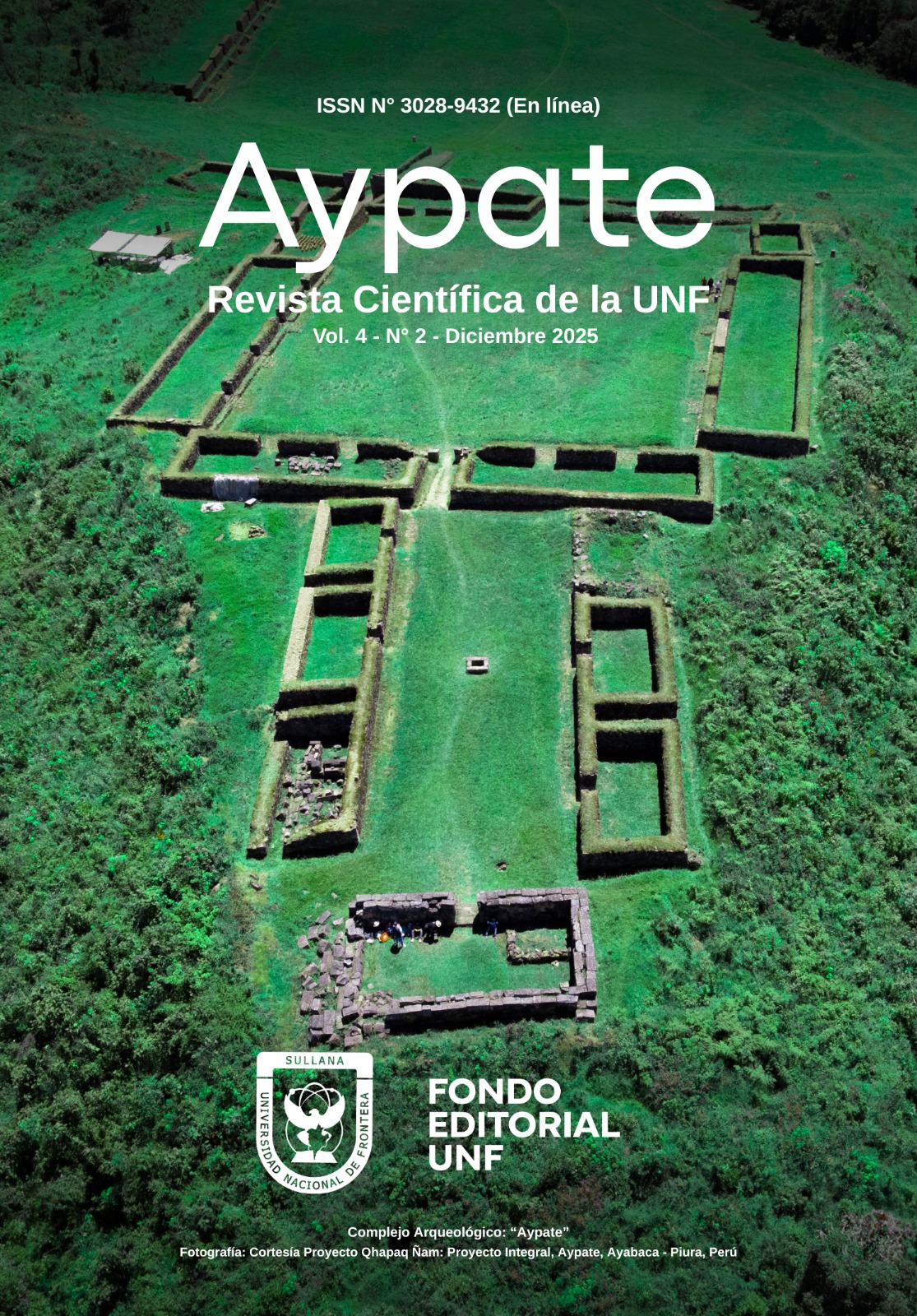Evaluación del desempeño de los aditivos químicos Proes Tech en la estabilización suelo-cemento de la carretera Conchán, distrito de Chota, Cajamarca
DOI:
https://doi.org/10.57063/ricay.v4i2.160Keywords:
Proes additive, Stabilized, cement, soil, California Bearing Ratio (CBR)Abstract
This study addresses the deficiencies of granular materials used for road stabilization, particularly in their performance as a bearing layer. The effects of incorporating chemical additives on the physical, chemical, and mechanical properties of the materials in Conchán were evaluated. Initially, the natural characteristics of the material without additives were determined, obtaining a CBR of 35 %, a plasticity index of 17 %, and a soil classification of GC (A-2-4), with an abrasion wear of 32,82 %. These results did not meet the regulatory requirements, which demand a minimum CBR of 40 % and a plasticity index between 7 % and 9 %.
In response, 2 % cement was added, increasing the CBR to 41%. Subsequently, different percentages of Proes (0,1 %, 0,2 %, and 0,3 %) were added, and tests for compression strength, moisture and drying, and wear were conducted. The best results were obtained with 0,2 % and 0,3 % Proes, achieving CBR values of 58 % and 64 %, respectively. Therefore, the optimal dosage to improve the material was determined to be 2 % cement and 0,2% Proes, meeting the regulatory requirements.
Downloads
References
American Society for Testing and Materials (ASTM). (2018). Standard test methods for laboratory compaction characteristics of soil using modified effort. ASTM D1557-12. West Conshohocken, PA: ASTM International.
Das, B. M., & Sobhan, K. (2013). Principles of geotechnical engineering (8th ed.). Cengage Learning.
García, J. L., & Martínez, R. (2020). Estabilización de suelos con aditivos químicos para la construcción de carreteras. Revista de Ingeniería Civil, 45(3), 123-135. https://doi.org/10.xxxx/xxxxxx
Inglés, O. G., & Metcalf, J. B. (1972). Soil stabilization: Principles and practice. Butterworth-Heinemann.
Proes Tech. (2021). Manual técnico de aditivos para estabilización de suelos. Proes Tech S.A.
Terzaghi, K., Peck, R. B., & Mesri, G. (1996). Soil mechanics in engineering practice (3rd ed.). Wiley.
Vidal, H. (1969). The principle of reinforced earth. Highway Research Record, 282, 1-16.
Zumrawi, M. M. E., & Abdelmarouf, A. O. (2017). Stabilization of pavement subgrade soil using chemical additives. International Journal of Engineering Research and Technology, 6(4), 1-8
NeoSoilDust. (2014). Protocolo de aplicación de Neo Soil Dust.
Proestech. (2015). Ficha técnica: Proes estabilización de suelos.
Rivera, J. (2015, 5 de diciembre). La red vial es imprescindible para el desarrollo y crecimiento de un país. (A. G. Boza, Entrevistador).
Velásquez, C. (2018). Influencia del cemento Portland Tipo I en la estabilización del suelo arcilloso de la subrasante de la Avenida Dinamarca, sector La Molina, Cajamarca.
Yaun, Y. (2023). Influencia del aditivo Proes en la capacidad de soporte para el mejoramiento de subrasante del tramo Chiriaco-Mesones Muro, provincia de Bagua, distrito de Imaza.
Montalvo, I. (2022). Uso de aditivo químico de mezcla tibia para el mejoramiento del grado de compactación de carpetas modificadas con polímero. Universidad Ricardo Palma, Escuela de Posgrado. Lima, Perú.
















